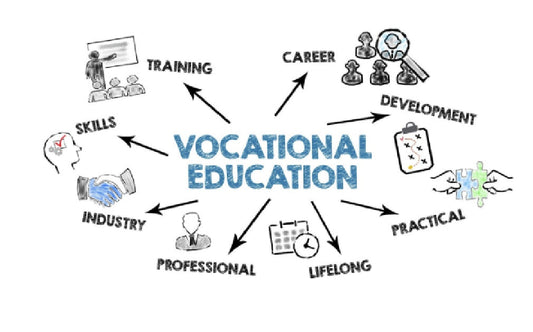Training colleges are at risk of closure, and domestic students could face financial hardships due to the government's plan to cap international student numbers. This controversial policy has sparked widespread concern across the education sector.
Critics argue that the government has not fully considered the practicalities of implementing these caps. Multiple government departments and agencies have expressed concerns about the process, highlighting the need for significant inter-agency cooperation and data sharing.
The national vocational education regulator has warned that the financial impact of the cap could be severe, potentially leading to the closure of training providers. This would have significant consequences for both international and domestic students. While international students might receive assistance through the Tuition Protection Service, many domestic students, particularly those without VET Student Loans, would be left without similar support.
Additionally, the higher education regulator has indicated a need for increased compliance measures to ensure that financially strained institutions continue to meet their obligations. The plan to cap international students, intended to reduce migration, has been met with strong opposition from universities and training providers, who view it as a significant risk.
Universities warn that the caps could leave tens of thousands of enrolments in uncertainty for the upcoming year. The proposed implementation date of January 1, 2025, is seen as unrealistic and unworkable.
Despite the backlash, the Education Minister insists that the reforms will proceed as planned. A Senate inquiry into the proposed reforms is set to begin, with numerous submissions raising significant concerns about the impact of the student cap.
Several state governments have also criticised the proposed legislation, warning that it could damage Australia’s international reputation and economic standing. Critics argue that the policy is an attempt to appear tough on borders, compromising both teaching and learning needs.
Some suggest that the government should wait to see the full impact of recent migration reforms before implementing new caps. They argue that for many vocational education providers, the caps may not make a significant difference due to existing migration policies.
The higher education regulator has acknowledged that the caps could create substantial financial pressures for some providers, necessitating increased regulatory oversight and management of potential risks associated with third-party partnerships or transnational education.
The government maintains that the student caps are necessary to maintain the “social licence” of international education in Australia. Ongoing consultations with sector leaders aim to ensure that the design and implementation of these reforms are done correctly.
As the debate continues, the education sector braces for the potential fallout of these controversial caps, hoping for a resolution that balances migration control with the needs of both domestic and international students.


































